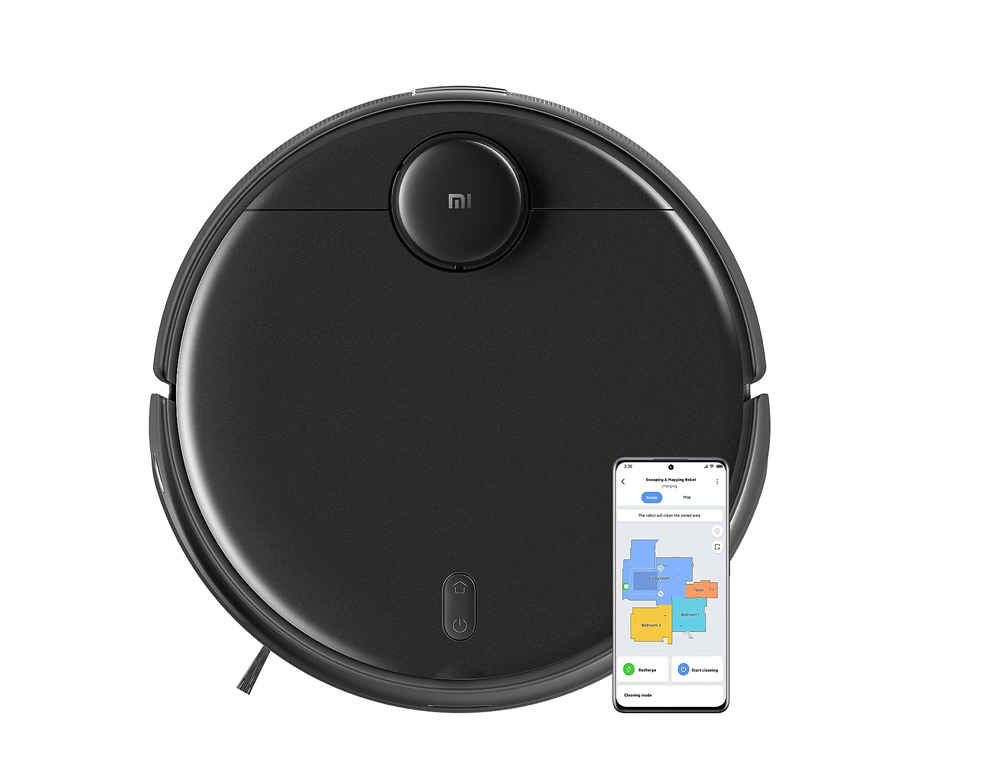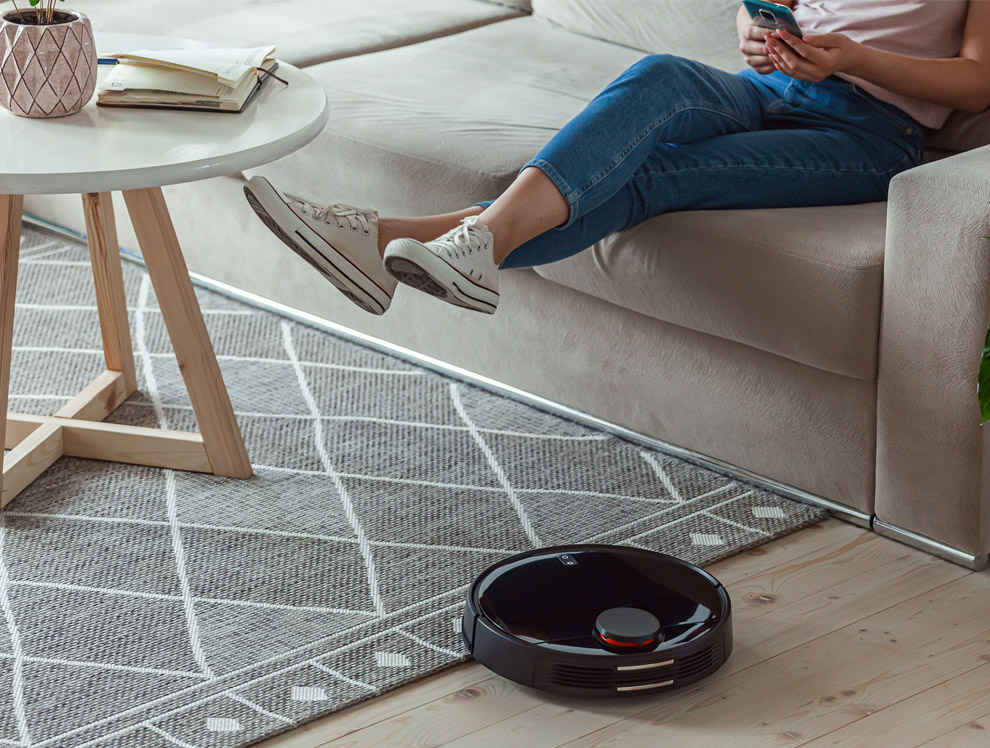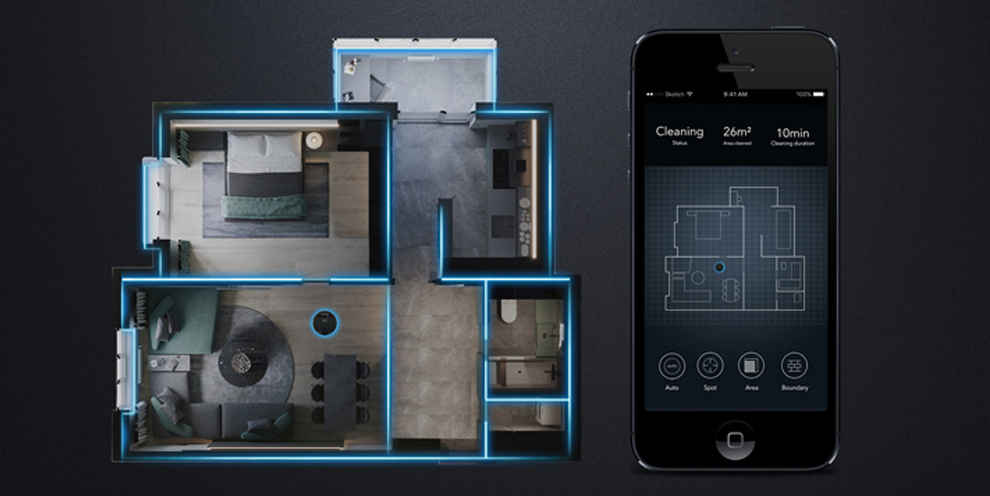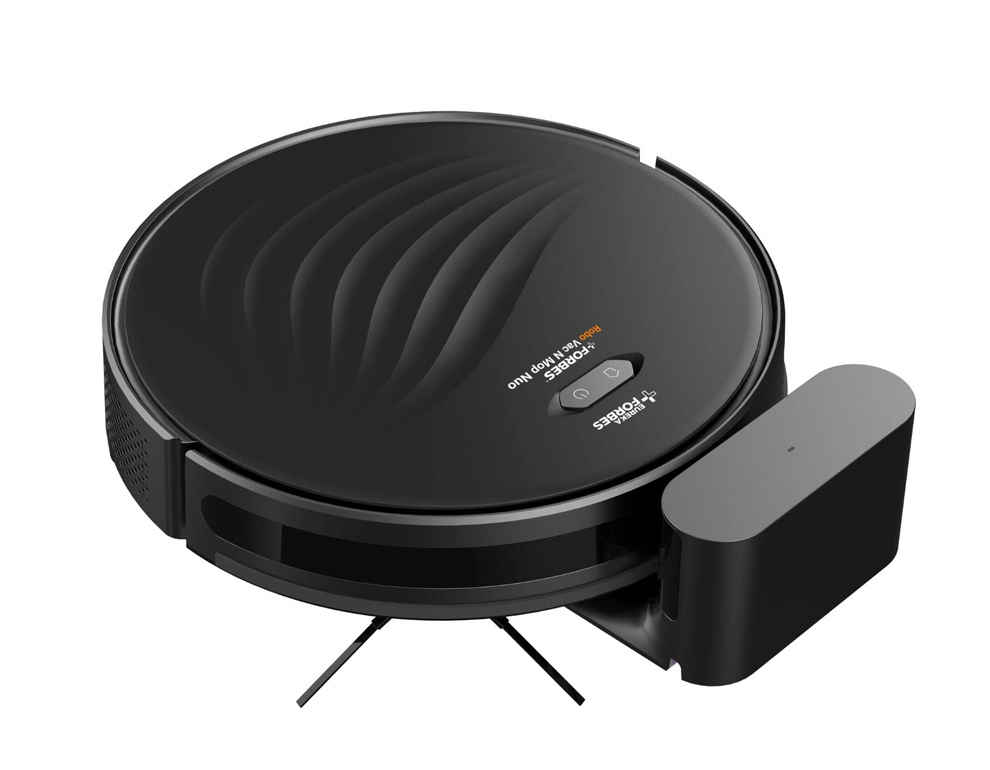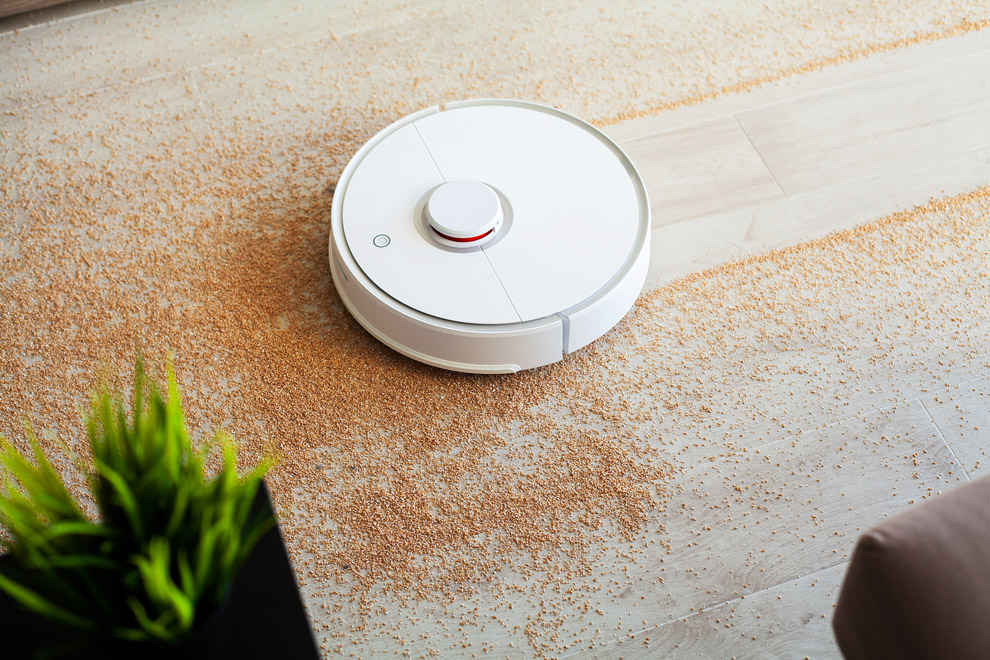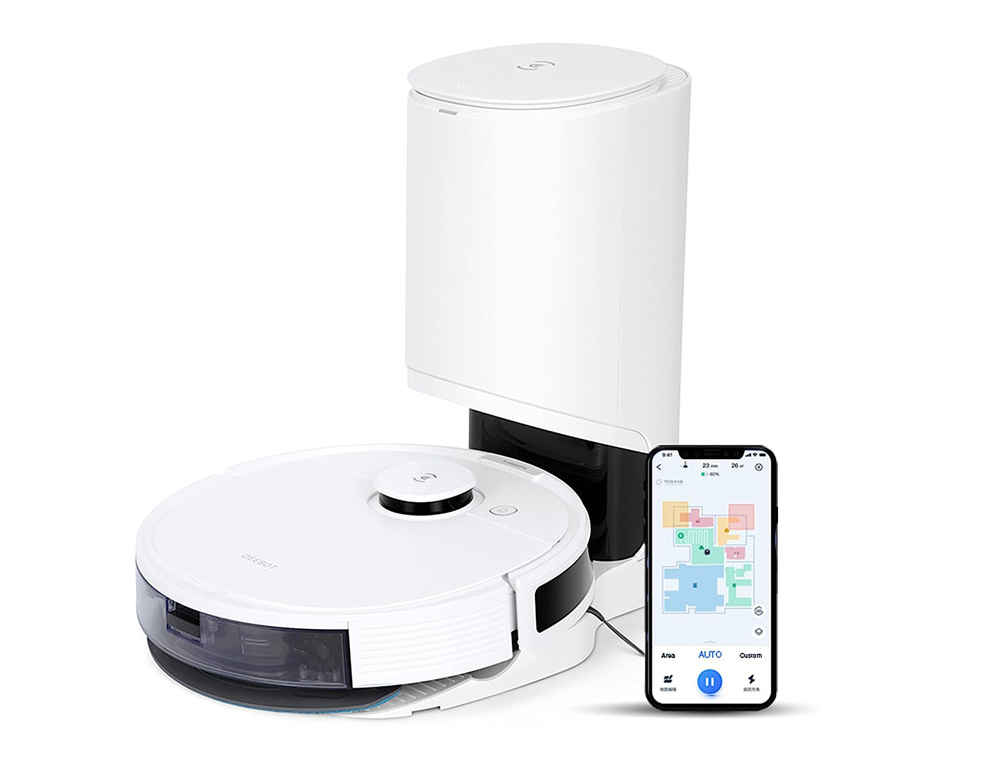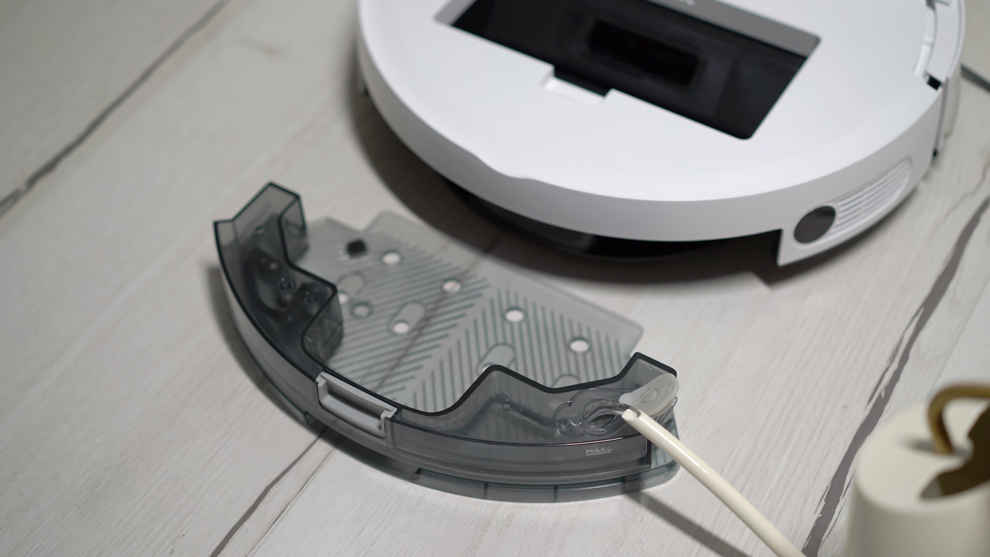Robotic vacuum cleaner buying guide: How to pick the right robotic vacuum cleaner for your home
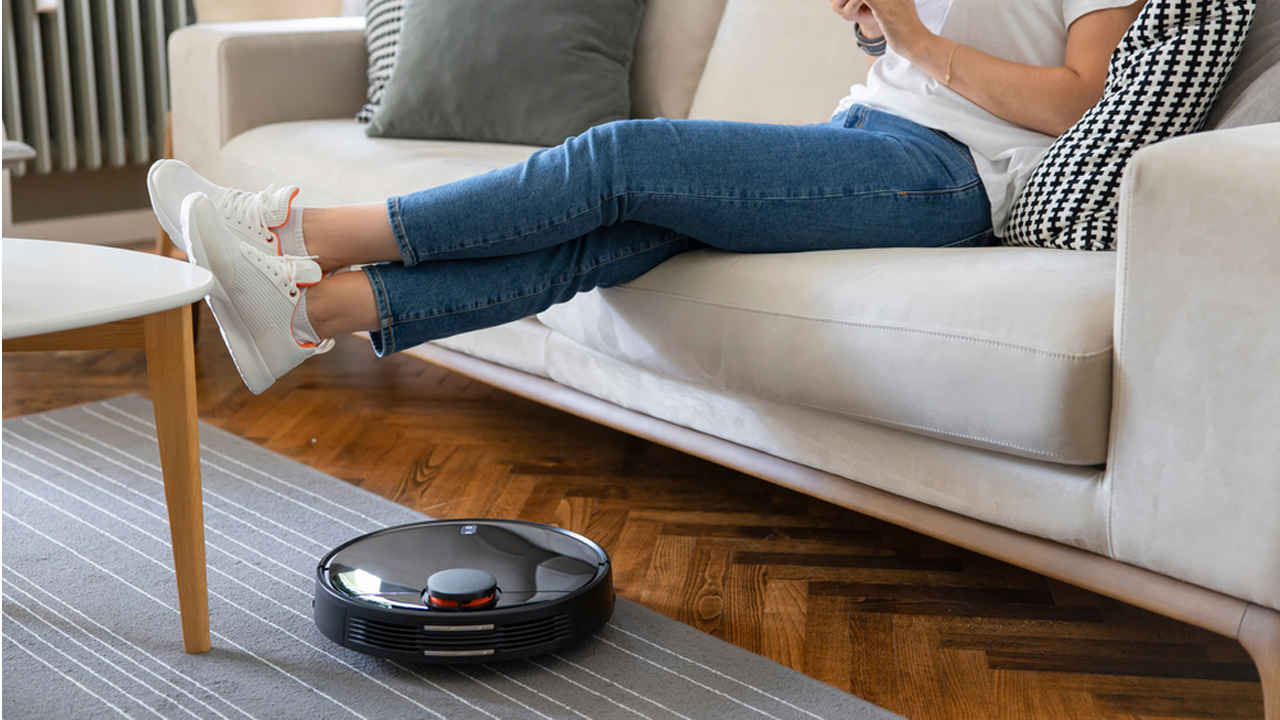
Robotic vacuum cleaners, which are also referred to as robot cleaners or robovacs, have revolutionized the way we maintain cleanliness in our homes. These innovative cleaners use technology to make the tedious task of maintaining a clean home a breeze.
 Survey
SurveyBut are they really as effective? Are they good enough to replace the traditional broom and mop treatment? We will try and answer all such questions in this Robotic vacuum cleaner buying guide. We will also talk about everything you should know to select the best robotic vacuum cleaner for your home in India and some of the best robotic vacuum cleaners that you can directly pick from.
Give it to me straight!
So, if you are looking for great value options to choose from, you can consider options from some of the most popular vacuum cleaner brands like Xiaomi (Mi), Realme, Ecovack, Eureka Forbes, and iRobot. Here are the best robotic vacuum cleaners to pick from.
Top Robotic vacuum cleaners to buy in India
- Mi MJSTL Robotic Floor Cleaner
- Realme TechLife RMH2101 Robotic Floor Cleaner
- Ecovacs DEEBOT_500 Robotic Floor Cleaner
- Ecovacs DEEBOT N8 Robotic Floor Cleaner
- Eureka Forbes Robo Vac N Mop NUO Robotic Floor Cleaner
If you are willing to delve into the details and make a more informed decision, let us take you through all the relevant information in this detailed robotic vacuum cleaner buying guide. We have ensured to cover all the essential aspects you need to know before making your purchase.
Also Read: Best Vacuum Cleaner for Home in India
Advantages of a robotic vacuum cleaner?
Robotic vacuum cleaners offer both time-saving benefits and improved indoor air quality, which makes them a must-have for modern homes. If you are still undecided, here are a few reasons why you must consider them over traditional vacuum cleaners:
Can clean hard-to-reach places: Due to their compact size, most robotic vacuum cleaners can effortlessly glide under your bed or couch and clean places that we usually tend to overlook till it’s time for the annual Diwali deep cleaning ritual.
Really helpful in picking pet hair: If you have furry friends at home, a robotic vacuum cleaner can assist with the tough job of regularly picking pet hairs from the floor.
Allergy-friendly: Even if you broom and mop the floor manually to be thorough, a robotic vacuum cleaner can maintain a clean floor and keep it tidy for longer. Many models also come with HEPA filters to trap fine particulate matter. This helps improve the air quality in your home and be really helpful if you have members with dust allergies or respiratory disorders.
Remote cleaning: You can easily schedule a robotic vacuum cleaner to clean your home or a specific area even when you’re away. This means you can return from a long trip to a clean and tidy room.
Low noise: Robotic vacuum cleaners are typically less noisy as compared to conventional vacuum cleaners. This allows you to work, relax, or engage in various activities without disturbance, as they efficiently clean your home.
Also Check: Vacuum cleaner buying guide: How to choose the best vacuum cleaner for your home
Limitations of robotic vacuum cleaners
While they have their advantages, there are also certain disadvantages of robotic vacuum cleaners as compared to traditional vacuum cleaners.
They can’t clean everything – Robotic vacuum cleaners can only clean floors. They have problems dealing with narrow rails, such as those under sliding doors or dealing with unexpected debris or obstacles. Even on floors, Dry ones can’t deal with liquid spills but wet ones can. Cleaners with mopping options can’t scrub the floor to eliminate tough stains as a manual mop would.
Suction power – Robotic vacuum cleaners can’t quite match the suction power of regular heavy-duty vacuum cleaners. This means they are not as efficient when it comes to cleaning extremely dirty floors or even carpets.
They can get stuck – Robotic vacuum cleaners can not always identify every object lying on the floor. They can often get confused with toys your kid might leave on the floor, chords, or even pet droppings. With most obstacles, they can reroute themselves but at times they can also run over debris like food or dog poop and track them over your floor. They may also have trouble transitioning from one surface to another, for instance, if your doormat is partially folded or the rug is a little too thick.
Take their sweet time cleaning – Vacuum cleaners can take their sweet time cleaning and may not always take the expected route. They might spend a little too much time cleaning a particular section of the floor. You will need to trust it to cover the entire floor and not worry too much about missing a spot.
Due to these limitations, robotic vacuum cleaners might not be able to replace house help in urban cities where vehicular emissions, construction activities, and climate patterns contribute to the high levels of dust and particulate matter in the air, which means you have to empty the bin or clean the brushes of the vacuum cleaner very often. This doesn’t mean that they are not useful. They are quite effective for daily maintenance and for homes that don’t get much dirt.
Types of Robotic Vacuum Cleaners Mapping Technologies
Robotic vacuum cleaners can be classified into different types based on their navigation system and features. Modern robotic vacuum cleaners often combine more than one of the navigation technologies mentioned below. This is one of the most important features, and effective mapping is what typically makes a robotic vacuum cleaner stand out.
Sensor-based: Some vacuum cleaners rely on sensor-based mapping. These vacuum cleaners have contact-based sensors to avoid collisions with objects. They also include gyroscope and accelerometer sensors to map the area around them. Some also include ultrasonic sensors that bounce soundwaves across objects to calculate the distance of different objects.
Sensor-based navigation systems are considered less accurate as compared to laser-based navigation systems like SLAM and Lidar
SLAM: Vacuum cleaners with SLAM (Simultaneous Localization and Mapping) technology use cameras and infrared sensors to create a map of your home. This data is often passed to the compatible app and users can select the specific areas where they wish the vacuum cleaner to work.
Lidar: Lidar or Light Detection and Ranging is the most advanced navigation technology in vacuum cleaners. Using Lidar, your vacuum cleaner emits multiple beams of laser light to accurately map the floor.
Things to keep in mind while buying a robotic vacuum cleaner in India
Now, we have come to the most important section of our Robotic vacuum cleaner buying guide. Here are a few buying tips that you must keep in mind before buying the perfect robotic vacuum cleaner.
Wet and Dry cleaning options – 2-in-1 vacuum cleaners support both wet and dry cleaning. They integrate a water tank and have a mop attachment that they use to mop the floor. However, don’t expect the mop to rub off tough stains.
Mapping function and sensor – The mapping system in your robotic vacuum cleaner plays an important part in determining its cleaning efficiency. You should preferably opt for options with laser mapping and also consider the sensors that are included in your cleaner.
Suction power – The suction power will determine how much force your vacuum cleaner can apply to pull up the dirt and debris and is naturally a very important factor while making a purchase decision. The suction power of a robotic vacuum cleaner usually ranges between 1500 Pa to 3000 Pa. The higher the suction power, the better.
Dustbin and water tank capacity – A spacious dustbin provides added convenience, reducing the frequency of emptying. Similarly, a generous water tank capacity in a wet-dry robot cleaner means fewer refills. It’s essential to ensure your vacuum cleaner has clear indicators to signal when the bin is full or the water tank is empty. Some advanced models even offer the convenience of automatic bin emptying when it reaches capacity.
Docking station – The docking station of your vacuum cleaner needs to be sturdy to withstand regular use. It should also support smooth docking and charging. Some docking stations may come with extra features like storage for vacuum accessories or a dustbin emptying mechanism.
Cleaning modes – While buying a robotic vacuum cleaner, you should also take a look at the number of cleaning modes available. Spot cleaning mode, for instance, can be used to focus on intense cleaning in small areas. Various other special modes like edge cleaning mode, turbo mode and pet cleaning mode can help customize your cleaning.
Smart connectivity – Smart connectivity enhances the experience of using your vacuum cleaner many folds. You can easily control your cleaner using your smartphone app or even voice commands (using AI assistants like Google Assistant and Alexa). You can see the map of your home on the app and restrict cleaner to go in specific areas or even ask it to intensely clean in others. Most apps also give you the option to schedule cleaning. So, before you pick the perfect option for your home, make sure to check the smart connectivity options on offer.
Battery Life – Most robotic vacuum cleaners can self-charge from their docking stations. They typically provide 60 to 120 minutes of cleaning time. However, a larger battery enables longer and more intensive cleaning sessions, along with customization options.
HEPA Filter – If you have pets at home or people sensitive to allergens, it’s advisable to choose options with HEPA filters. These filters can effectively trap very small particulate matter, improving the air quality in your home.
Noise – Check customer reviews and noise ratings to ensure that your vacuum cleaner isn’t too noisy. Since robotic vacuum cleaners can take their time while cleaning, it’s essential to make sure they operate quietly enough not to be bothersome.
Warranty and customer support – Before purchasing a robotic vacuum cleaner, it’s crucial to thoroughly check the warranty and customer support quality in order to ensure peace of mind. Responsive customer support can prove invaluable for troubleshooting issues or seeking assistance with setup and maintenance.
Check for user reviews and ratings – User reviews can provide insights into the practical experience of using the robotic vacuum cleaner over an extended period. Look for any issues that customers have encountered and how the brand’s customer support has assisted in resolving them.
How much to spend on a Robotic Vacuum Cleaner?
Now that you know all the features on offer, you will need to decide how much you are willing to spend on a robotic vacuum cleaner.
Affordable options (under 20k) – Affordable robot cleansers cover the basics. A few options also support smart connectivity and dry-wet cleaning. These cleaners mostly have basic navigation technologies.
Mid-range options (20 to 40K) – Mid-range robotic vacuum cleaners offer advanced navigation and mapping technologies. They offer powerful suction, are quieter and can work on different types of floors.
Premium options (above 40k) – Premium cleaners offer advanced navigation and mapping features. These cleaners integrate several sensors that give you more precise control to customize cleaning. They also offer advanced docking stations that can auto-empty the dust bin.
Tips to maintain a robotic vacuum cleaner
To effectively maintain your robotic vacuum cleaner, follow these guidelines:
- The most important thing is to clean your robotic vacuum cleaner regularly. You should empty the bin regularly. Clean its brushes at least once a month and wipe the wheels to ensure they are not blocked.
- Run the vacuum on a regular basis to prevent the accumulation of dust and debris, which can make your vacuum cleaner work harder.
- Depending on your usage, consider replacing the filter every 6 to 12 months.
- Additionally, regularly check for software updates from the manufacturer.
- Avoid leaving the vacuum cleaner on the charging dock constantly to preserve the battery’s health over time.
So, that sums up our robotic vacuum cleaner buying guide. Hopefully, you are now equipped with all the information you need to choose the right robotic vacuum cleaner for your home. Remember to thoroughly assess your needs and balance your expectations based on your budget.
Deepak Singh
Deepak is Editor at Digit. He is passionate about technology and has been keeping an eye on emerging technology trends for nearly a decade. When he is not working, he likes to read and to spend quality time with his family. View Full Profile
